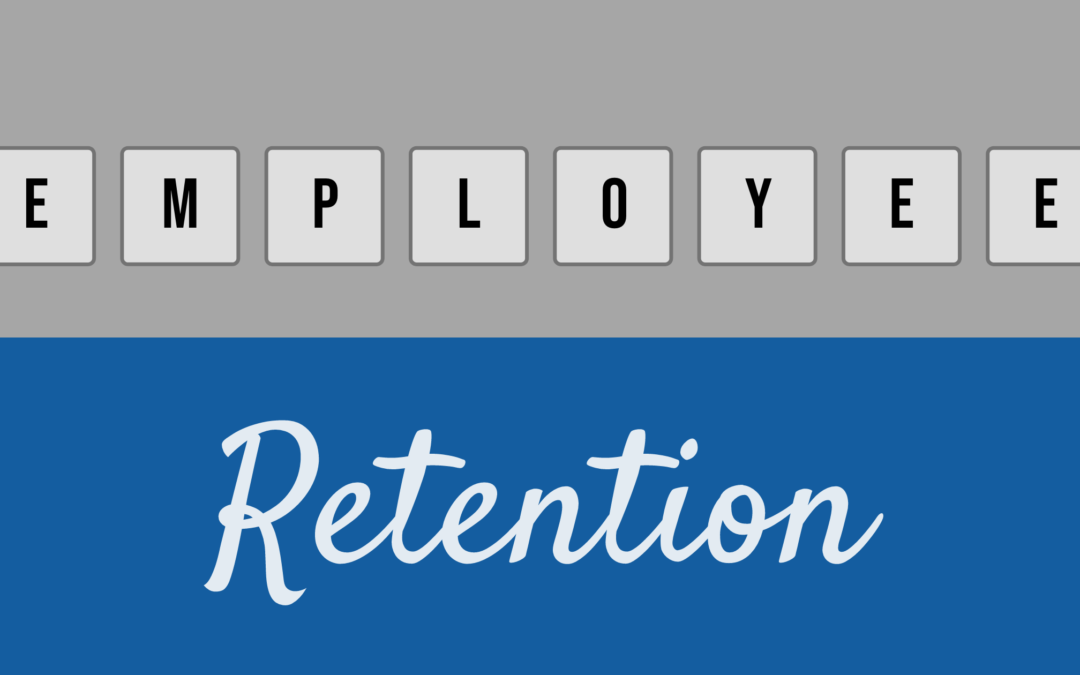Any leader can agree that holding onto your best employees is paramount to your business’s performance. Your MVP’s are what make your team run smoothly and efficiently, and chances are, some of them are more like friends than coworkers. But with the upheaval and uncertainty of the past year, people are taking a serious look at their current work situations and doing what’s best for them – in most cases, moving on to something better. How do you ensure that your office is somewhere that your MVP’s want to stay, work, and thrive for more years to come?
Let’s take a look at reasons why your hard-working team members might make the decision to move on from your company. There can be a wide range of reasons, some of which may be totally out of your control as a leader. But let’s examine a few crucial factors that can be directly helped or hindered by your leadership decisions: management, work environment/benefits, fostering wellness, and communication.
People leave managers, not companies
It doesn’t matter how much employees enjoy the work they do, how many perks or benefits the company has, or even how high the pay is – if an employee is being mistreated by a manager, they will do everything they can to find a new position, away from that bad personal relationship. The most important decisions you make are who you make into managers. Anyone in leadership must have demonstrable interpersonal skills, and has the knowledge and attitude required to be a great manager.
If employees have concerns or clashes with their direct supervisors, listen for what they have to say, and be ready to coach your managers towards more cooperative leadership – your retention rate will thank you.
People are not tolerating mediocre work environments anymore
The instability of COVID times has brought about a revolution of sorts, as you can see from signs posted on fast food restaurants and retail stores: workers will not stand to be taken advantage of, so they are not returning to work at employers that are mistreating them. This doesn’t only apply to entry-level jobs; this could be happening to you no matter what industry you are in.
If you’re paying your employees below market value, they WILL find out eventually, and they’ll go to companies that are paying them what they’re worth. Even disregarding salary, if they don’t feel valued for their contributions or have healthy work-life balance, that’s enough for them to search for new opportunities.
The current climate is giving all leaders an opportunity to take a hard look at how they are treating their employees, and to make their team the best one to work on. Make sure that you are not at the back of the industry standard for salary, benefits, and a positive, helpful work environment.
Foster and encourage wellness
During COVID, everyone has been forced to be way more conscious of health and wellness. There is no more wondering if you should call in sick, or try to tough it out – anyone who’s feeling ill must stay home to keep everyone else safe from infection. But this does not only encompass physical health; leaders have been paying mind to their team’s mental health as well.
Huge companies like Bumble, HubSpot, and LinkedIn have given week-long, company-wide breaks, in addition to improving time off policies. Even if people can’t travel for vacations, or if they’re working at home, they still very much need breaks and vacations to unwind from work! Preventing burnout and letting employees have dedicated time to rest and recharge is crucial, especially when they are under massive stress concerning the state of the world.
In order to foster your team’s well-being, make sure people have time that they need to themselves. Do NOT make anyone feel guilty for having to take time off, whether it’s because of illness, burnout, or just for some family time. When people feel free to take care of themselves away from work, it will greatly improve their attitude towards work when they are present, and will allow them to better focus on their tasks at hand.
Listen and communicate
Finally, the common thread throughout all of these initiatives for retention is this: open, honest lines of communication between you and the people you manage. Talk WITH, not AT your employees – they need to have a voice and to be part of discussions with outcomes that directly impact them. Take surveys, schedule one-on-ones, or do whatever it takes to make sure that your team members are being heard. Sometimes, being a good leader means admitting that you don’t always know what’s best for the people you manage – the people you manage know what’s best for themselves, all you have to do is ask!
Finally, this quote sums it up best:
“Employee retention starts on DAY 1, not on the day they quit! When the relationship is broken, you can’t expect healing in one day, especially on the last one. As a boss, you may assign them tasks, but, as a leader, you must build a relationship.”
Patrícia L. A. Pinheiro – LinkedIn

